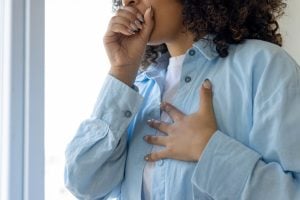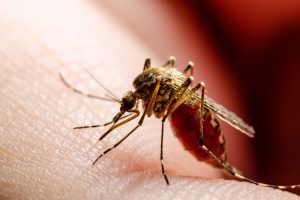 Spring allergy season typically begins around March or April and lasts until June or July.
Spring allergy season typically begins around March or April and lasts until June or July.
During this time of year, we become more susceptible to allergy triggers, or allergens, which are substances that can cause allergic reactions. The most common spring allergens are:
- Tree pollen
- Grass pollen
- Mold spores
- Insect venom
Exposure to these allergens can trigger a response from your immune system, causing it to release chemicals such as histamine and prostaglandins, which can lead to the following symptoms:
- Runny nose
- Sneezing
- Itching
- Red, watery or itchy eyes
- Hives
- Dark circles under the eyes
- Sore or scratchy throat
- Headache
- Cough
- Fatigue
- Postnasal drip
Minimizing your exposure to allergy triggers can help you avoid or limit symptoms. Here are a few tips to help you do that:
- Check the pollen count by watching the weather forecast or using an app
- Change your clothes when you arrive home after being outdoors
- Consider wearing a mask outdoors
- Avoid driving with the windows open
- Keep the windows closed at home
- Vacuum regularly
- Consider using a HEPA filter at home
Allergy symptoms may also be alleviated by using home remedies, such as a saline rinse, or by taking over-the-counter medications. If your symptoms do not improve, consult your doctor; they may recommend prescription medications or additional therapies to help you find relief.
To schedule an appointment with an allergist at Jamaica Hospital Medical Center, please call 718-206-7001.
All content of this newsletter is intended for general information purposes only and is not intended or implied to be a substitute for professional medical advice, diagnosis or treatment. Please consult a medical professional before adopting any of the suggestions on this page. You must never disregard professional medical advice or delay seeking medical treatment based upon any content of this newsletter. PROMPTLY CONSULT YOUR PHYSICIAN OR CALL 911 IF YOU BELIEVE YOU HAVE A MEDICAL EMERGENCY.









